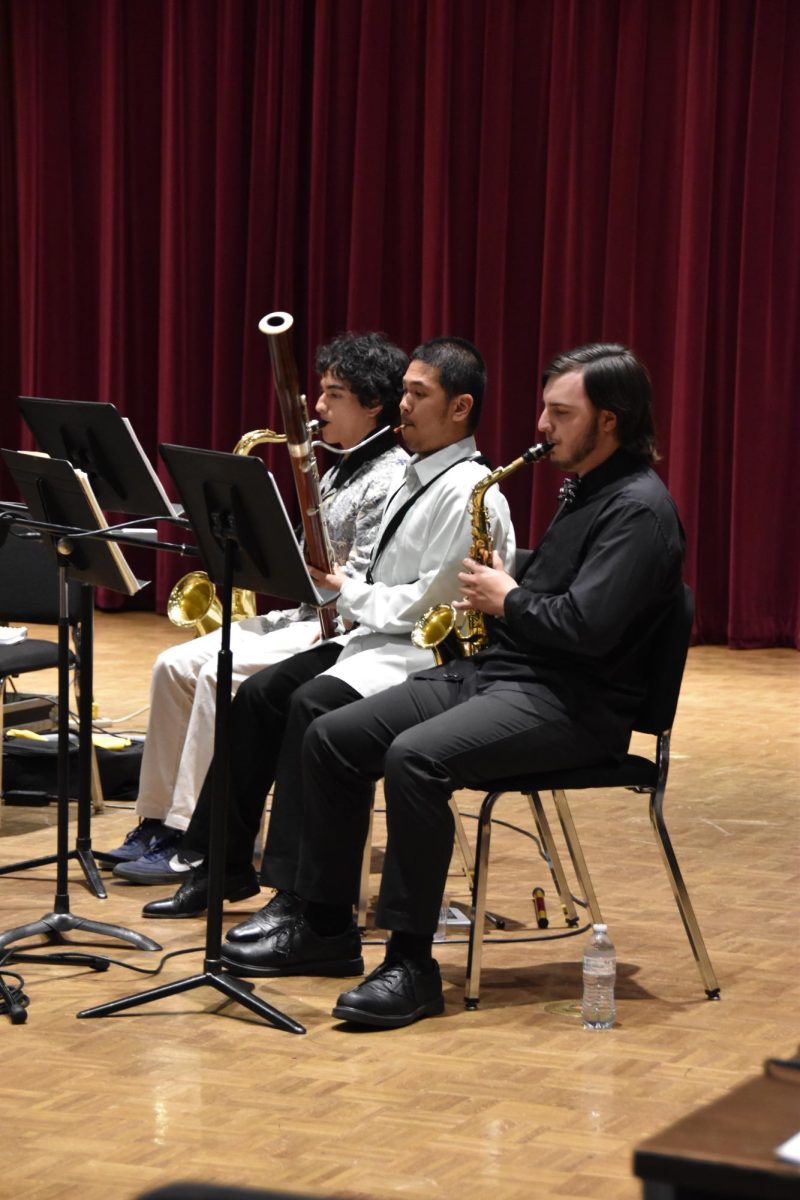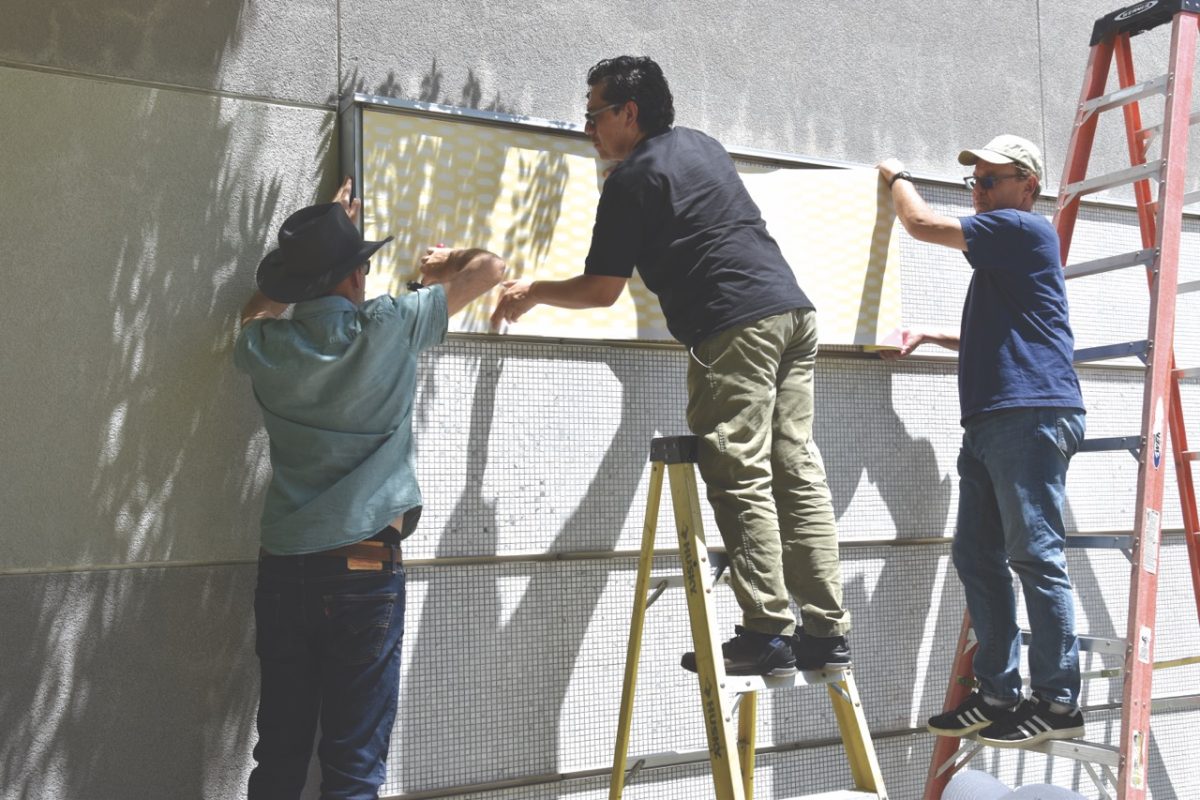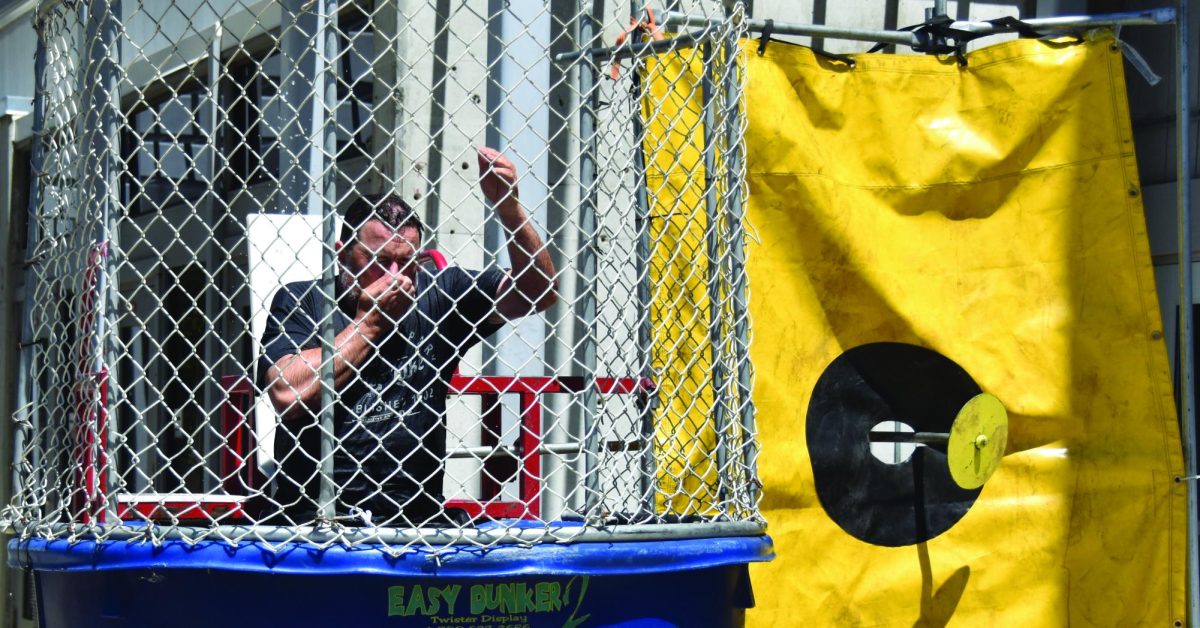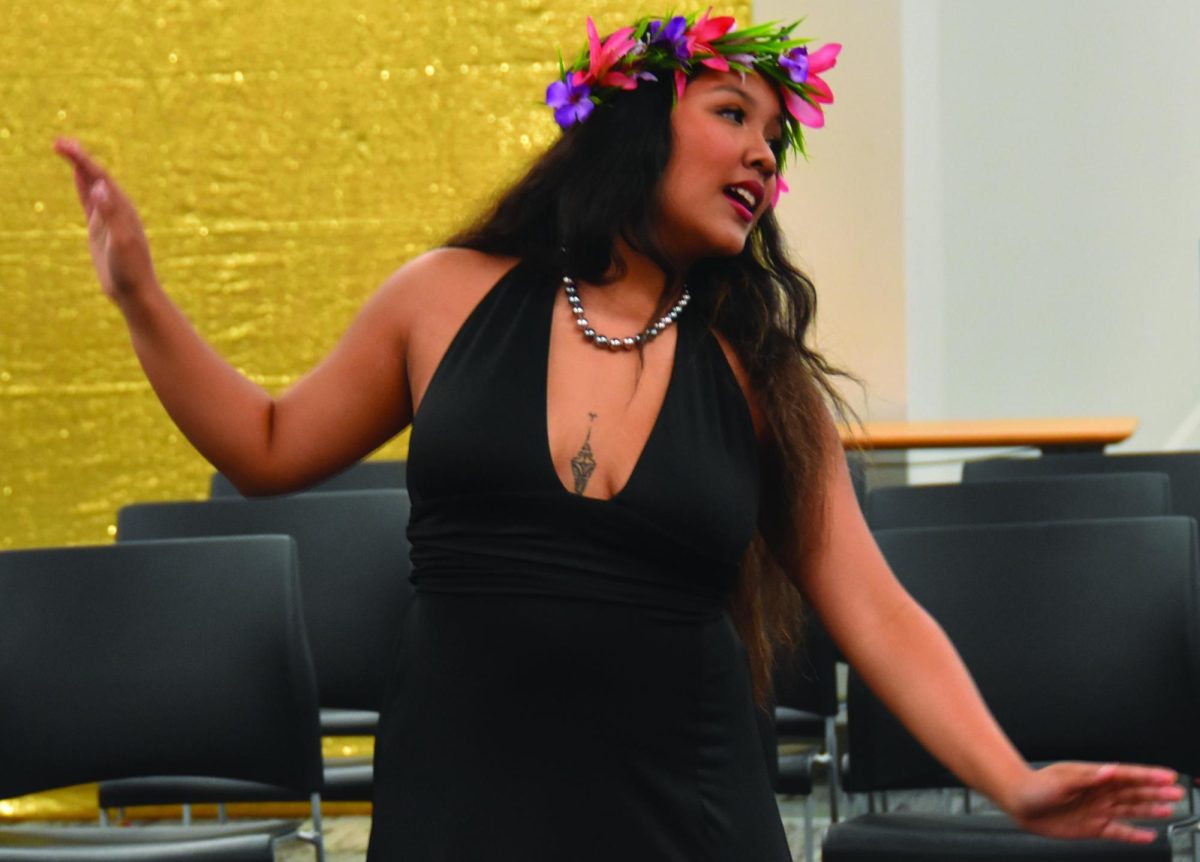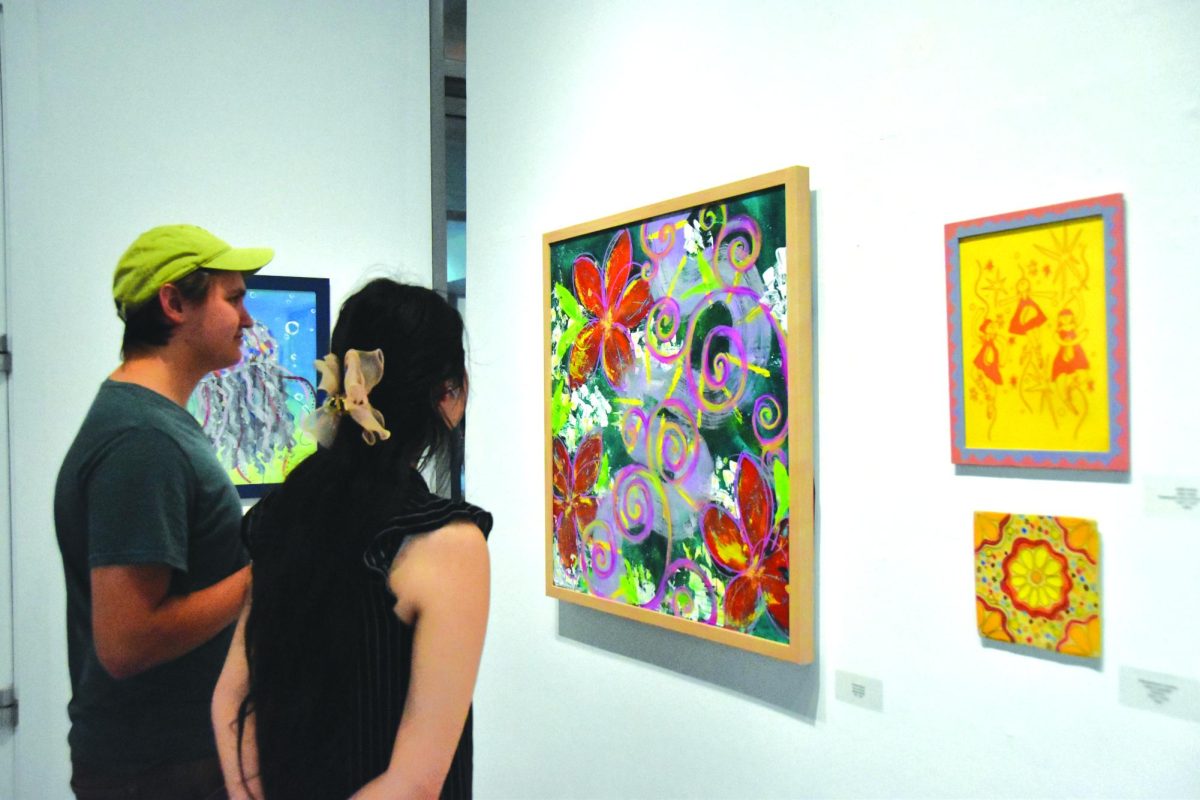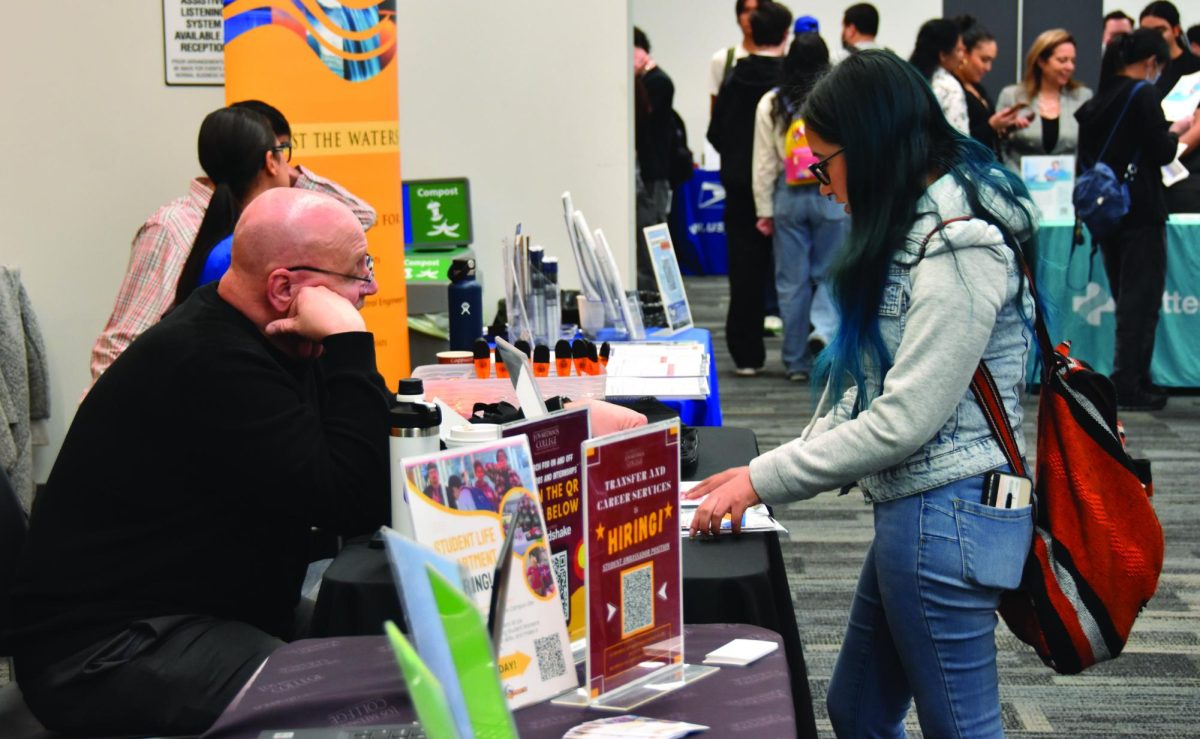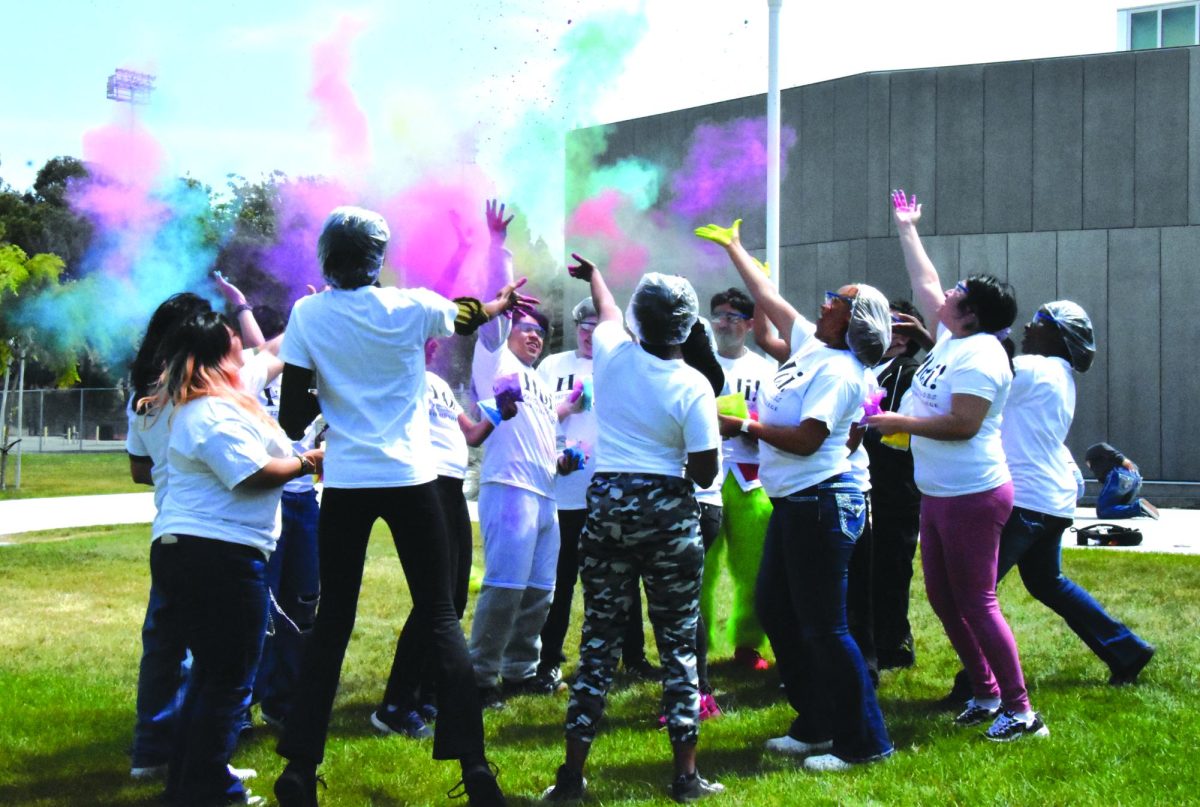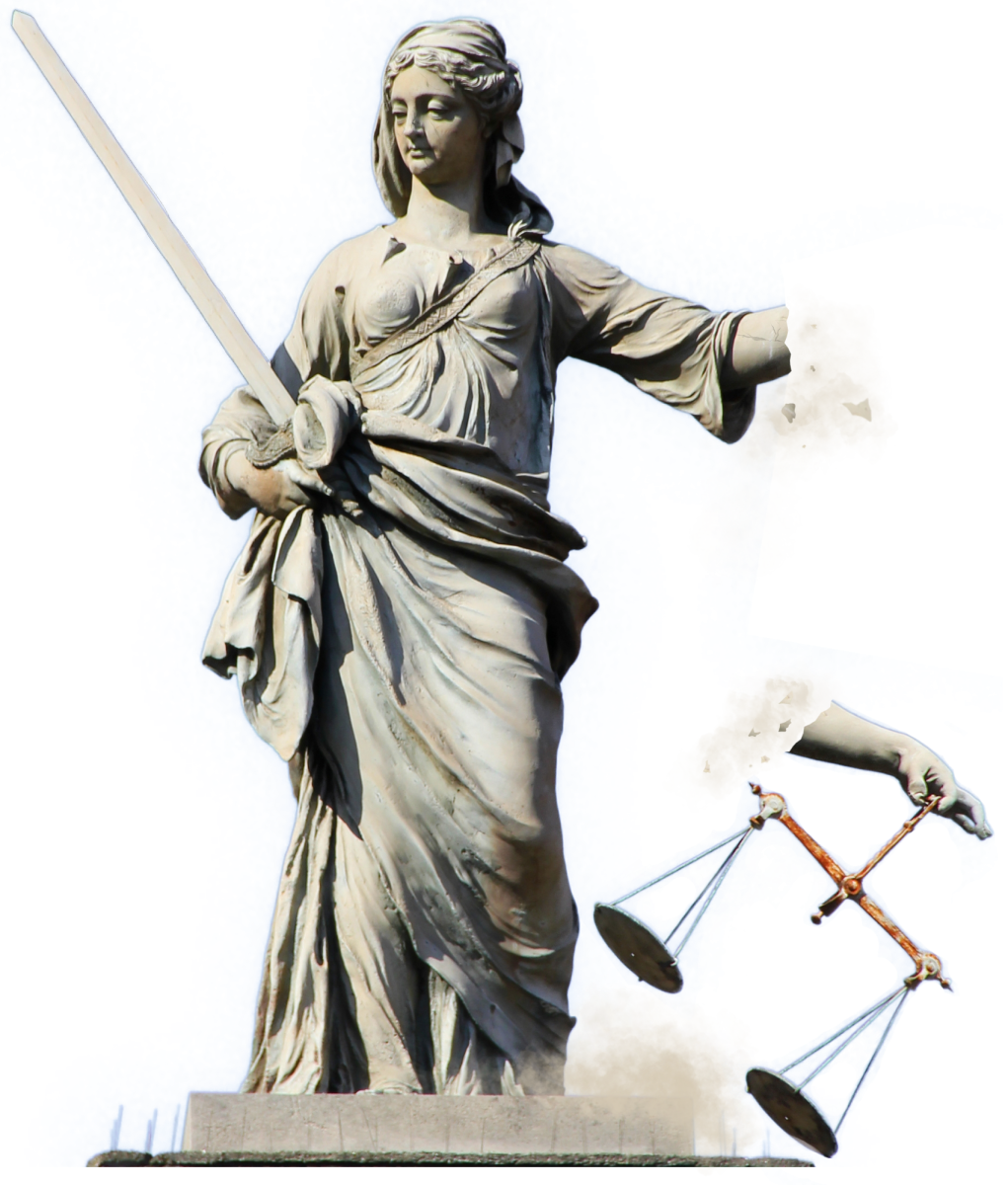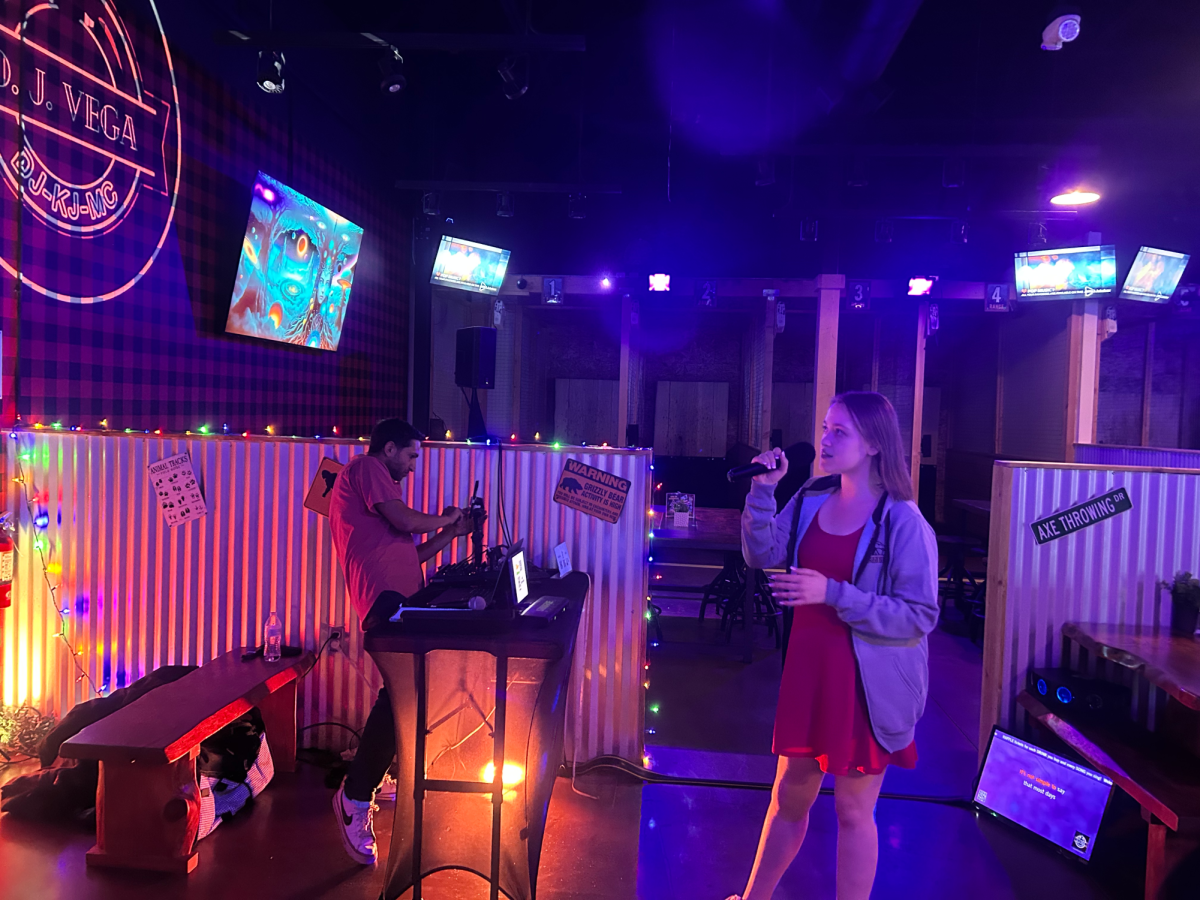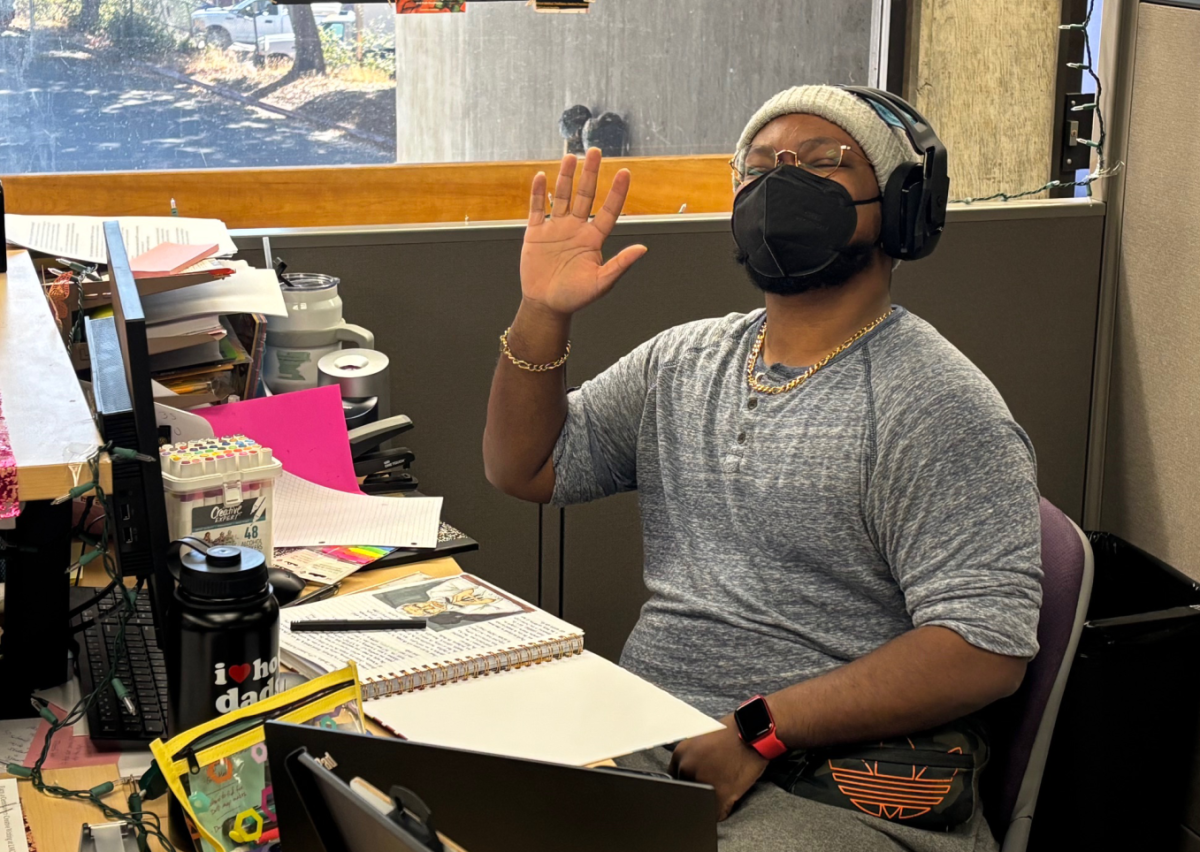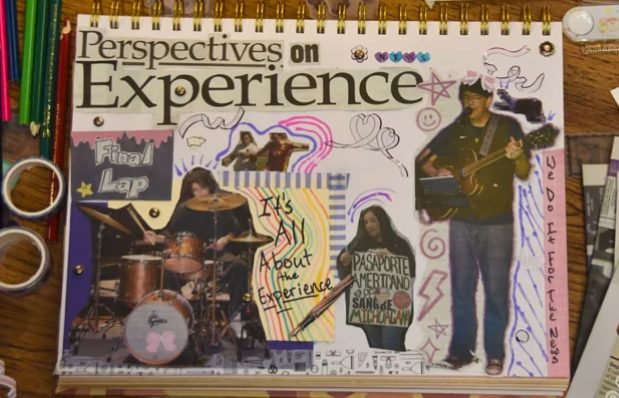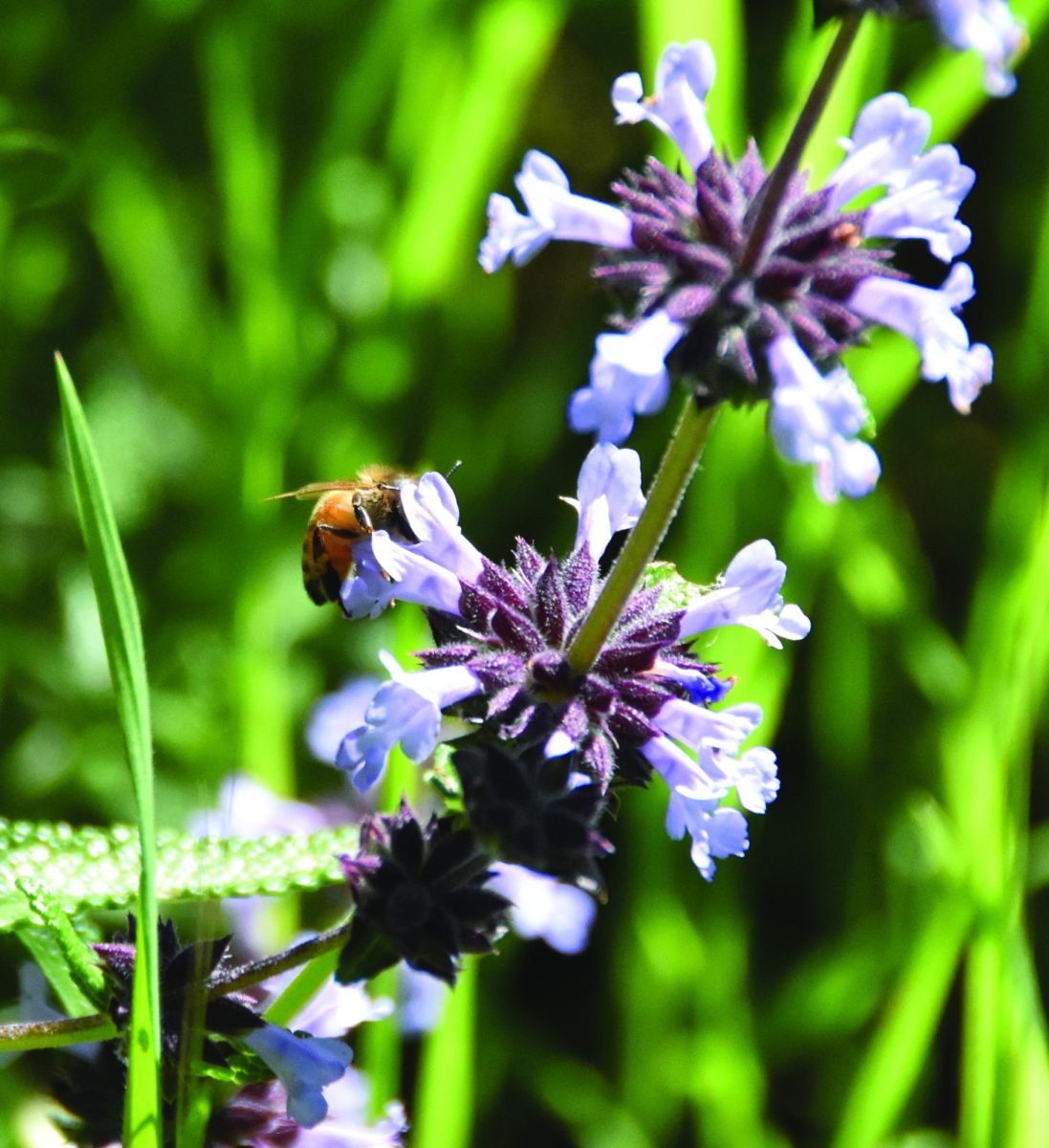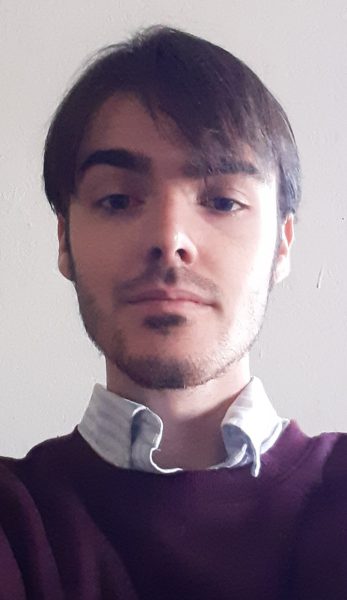Los Medanos College’s Sound Technology Recording Engineering and Audio Media club gathered in the Music Building Nov. 1 to discuss the final details of their upcoming music festival. The event will serve to commemorate the dedication of participants, as well as LMC’s music and recording arts programs.
The most recent iteration of S.T.R.E.A.M. came about when President Marian Martinez set out to revive the recording arts club last fall.
According to music laboratory coordinator Aaron Nakaji, who also serves as adviser, the club had a history of fading in and out of existence due to students’ tendency to graduate without the support to continue it. It was Martinez’s passion for recording arts that helped bring new life into S.T.R.E.A.M.
“At heart, it’s supposed to be a place where musicians on campus — not just the recording arts or music program — could come together,” Martinez said. “I like organizing events. I like hanging out with people I think are nice. I hope that when we’re gone, it’ll keep going.”
One of the most important things S.T.R.E.A.M. seeks to emphasize the importance of collaboration through various activities for all skill levels.
“There’s this trend toward home studio production being the source of a lot of music. In the home studio, students have access to such technology that they can create music without needing to work with, or collaborate with, other musicians. But I think that music, at its core, is collaborative,” Nakaji said.
Nakaji also detailed the club’s spotlight on event promotion to help get students involved. While promoting events, members of S.T.R.E.A.M. build professional relationships with other clubs, in addition to getting hands-on live sound experience. All this combined helps to prepare students for the workforce.
Martinez explained how valuable hands-on training is within the music industry, and how it is expected of those entering the workforce to have had at least some level of experience.
“I hope that maybe the members could put this on their resume and be like, ‘Actually, I did some engineering at this, I did some of the setup,’ and that will ultimately help them get jobs,” Martinez said.
In the past, other S.T.R.E.A.M. activities included studio tours, music software and hardware workshops, equipment demonstrations, hosting guest speakers from within the industry, and fundraising for events.
The broader recording arts program focuses on the science behind sound, with a mixture of learning both industry-standard hardware and software. With two professional quality studios on campus, recording arts students are granted plenty of opportunities to record performances from fellow musicians.
S.T.R.E.A.M. secretary Sergio Donis shared that his favorite part of the club is having the opportunity to collaborate with other like-minded artists — a feat that is much easier now that more members have joined.
“We’ve had more traction this semester because I believe we’ve done a better job at opening up about who we are and getting out there,” Donis said.
According to Donis, the club had previously hosted a tracking session to compose a song from scratch. Members contributed chord progressions, guitar riffs, instrumentations, vocals, melodies and everything in between to create their song — an effort fueled by the passion of musicians all working together.
He also revealed that one of his big goals for the club was to raise enough funds to travel to other studios in the Bay Area.
“Hopefully, sometime in S.T.R.E.A.M. ‘s life, they get to do that again,” he said.
S.T.R.E.A.M. meets every Wednesday from 2 p.m. to 3 p.m. in Music Building Room 710 and encourages any student interested in music to join. The club’s music festival is planned for Nov. 22, the day before Thanksgiving.





